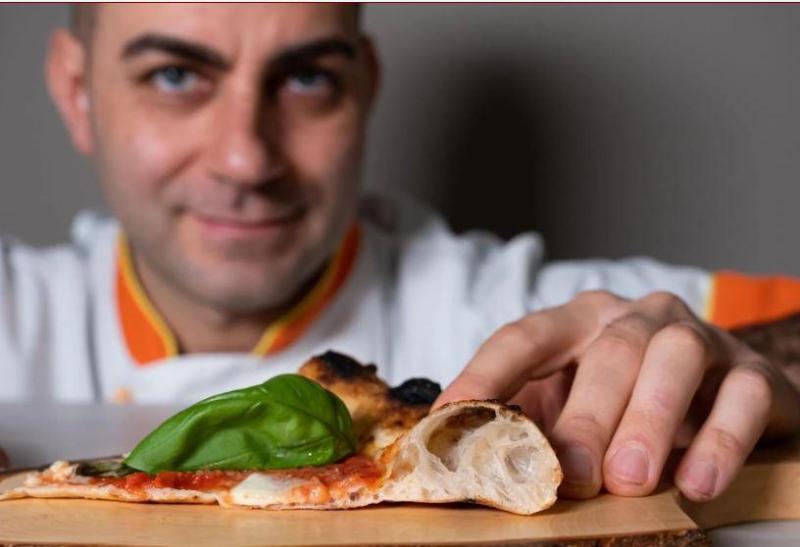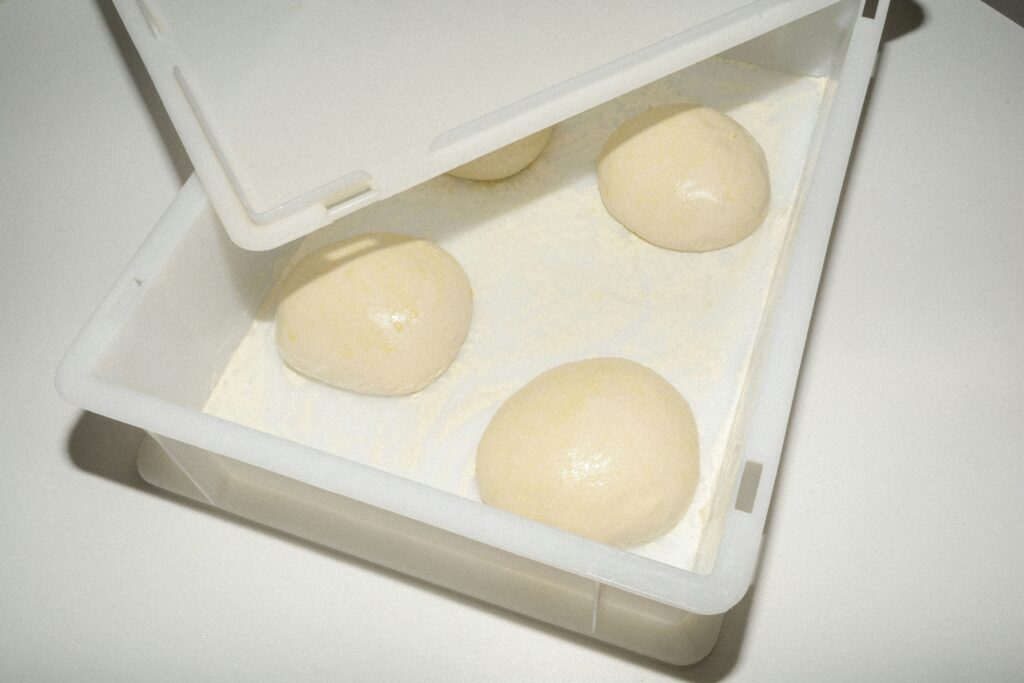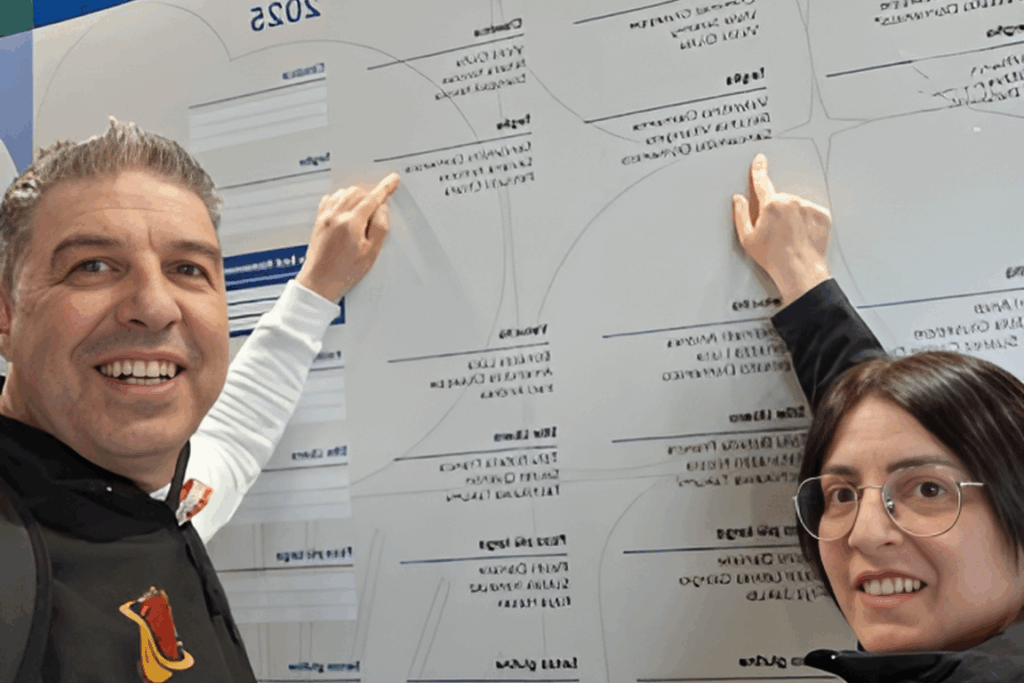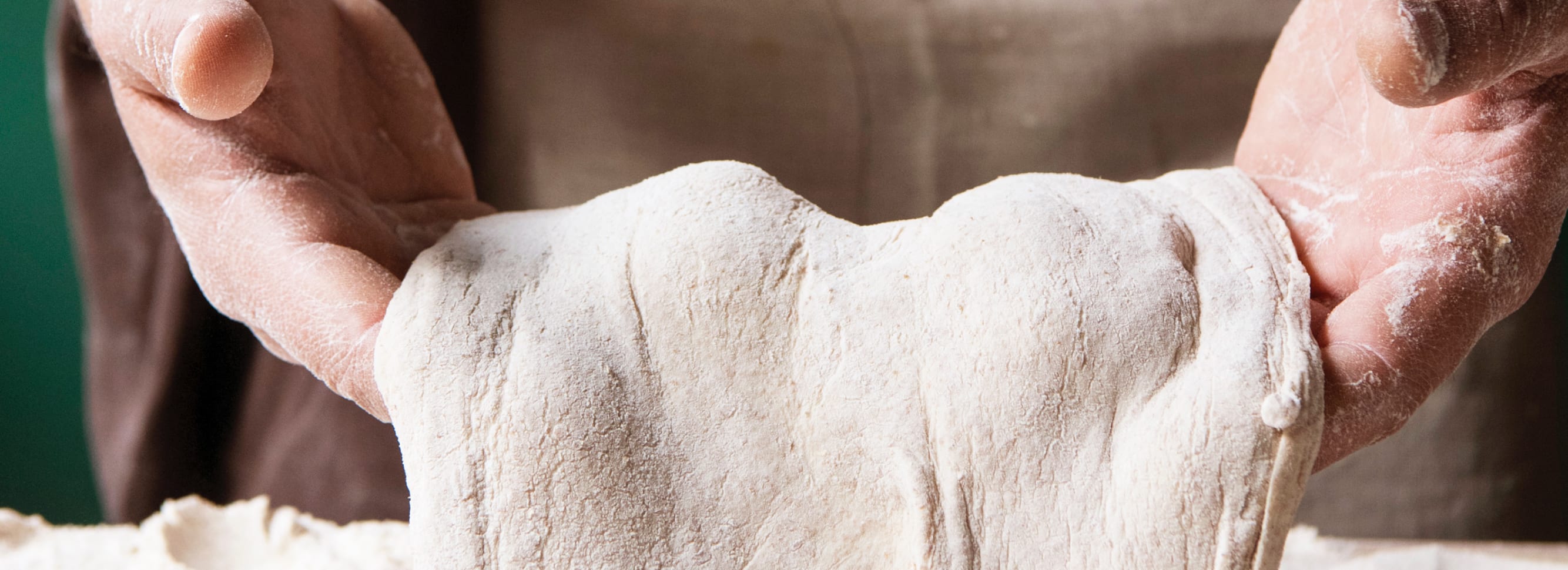
The evolution of the pizza world led to the development of more and more innovative processing and baking techniques with long leavening times and even steam cooking.
Whatever the kneading technique, there are three essential moments of processing: kneading, shaping and stretching.
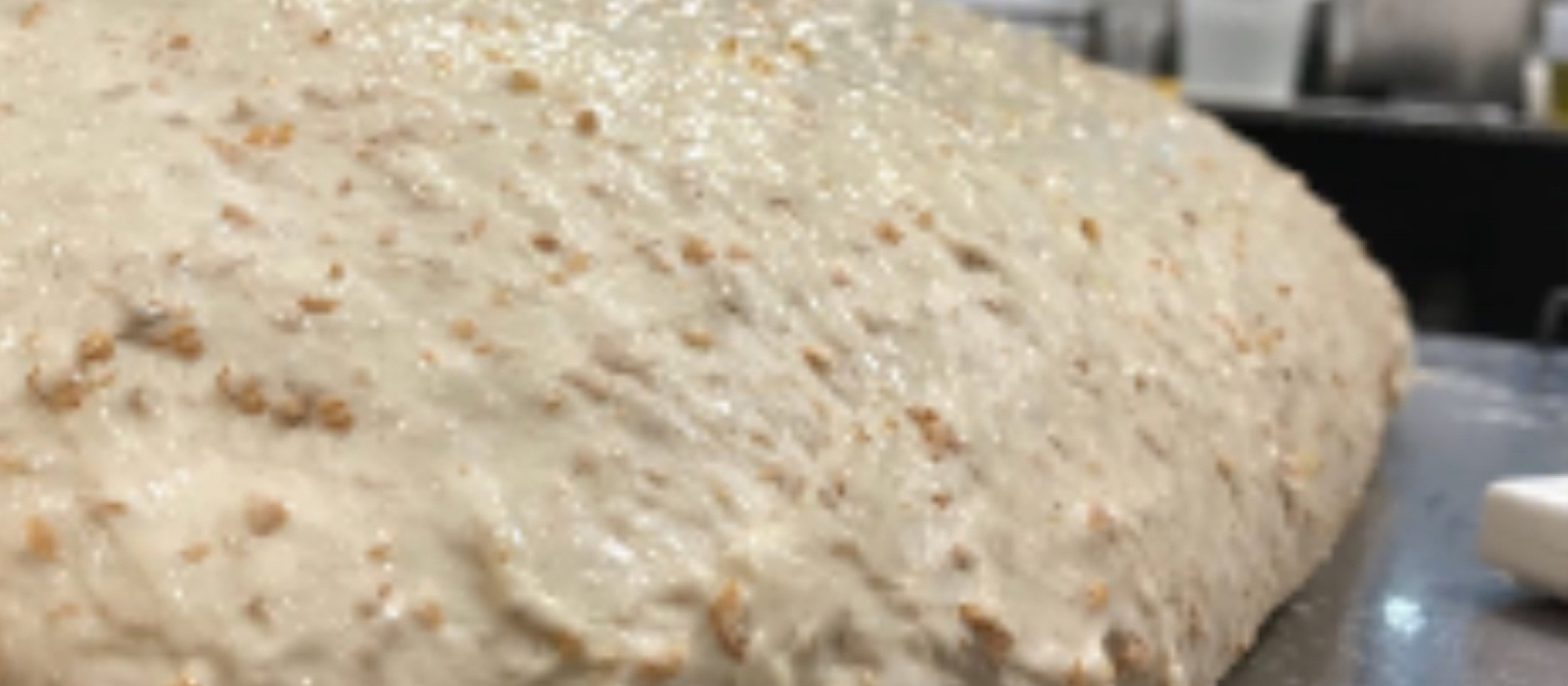
Puntatura
It is the first leavening phase, i.e. the time between the kneading and the shaping of the dough balls. After covering the dough with a nylon cloth, at room temperature, the leavening time can vary from 15 to 30 minutes and it is determined by the characteristics you want to give to the finished product. For Neapolitan pizza, this time interval can last up to two hours. If the dough has a high hydration, the professional can adopt the “puntatura a freddo” method, i.e. the dough resting in the refrigerator for a preset time. Beyond the choice, the purpose of this phase is to allow the gluten to relax for the next processing phase.

Staglio
It’s the term used for the ball shaping phase and it refers to a manual procedure that allows you to divide the dough into pieces – according to the desired weight – which are placed then in special drawers for leavening. Moreover, after you obtained the balls, the hand work allows you to re-knead them by bending the edges of each ball several times on itself and making an energetic rotation that gives them their typical circular shape.
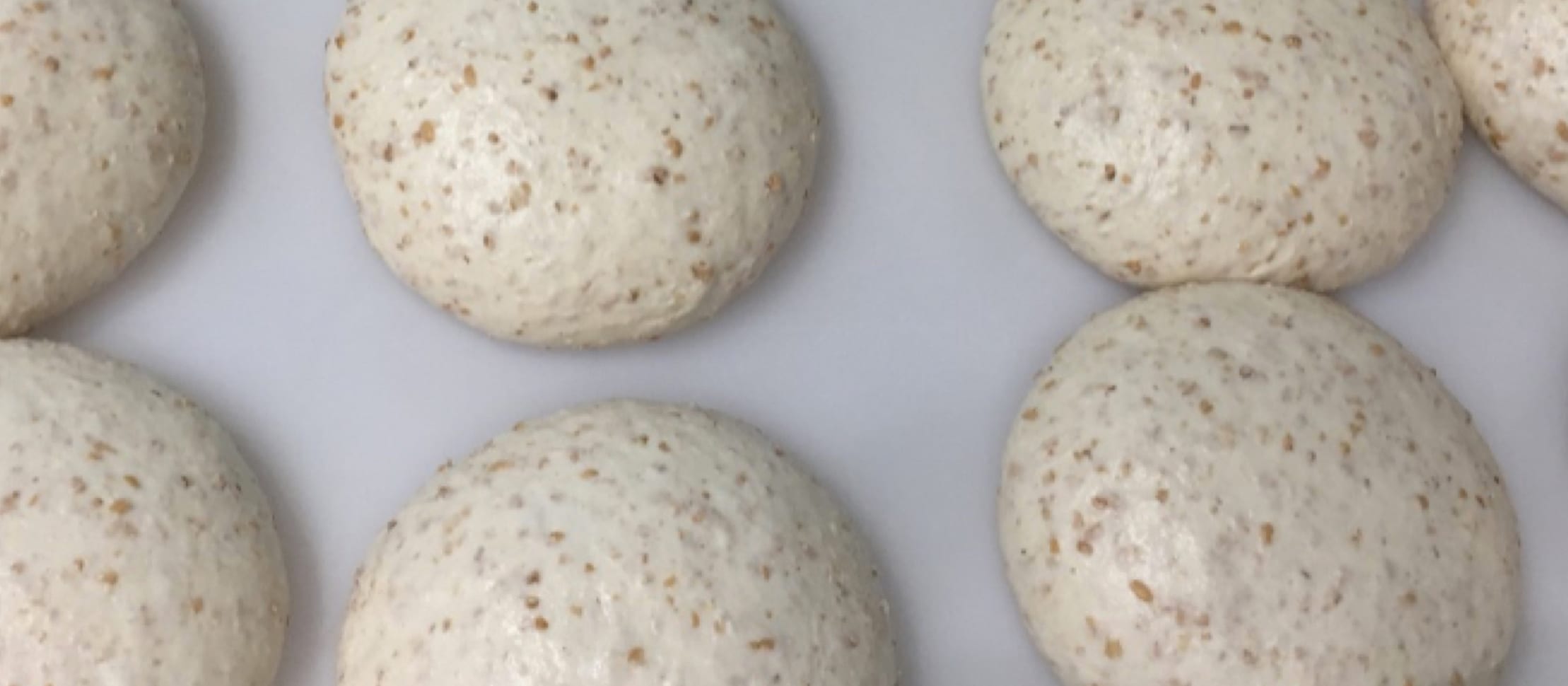
Appretto
The next step is called “appretto” and it refers to the second leavening phase. It can take place at room temperature for any dough in which low-protein flour is used; alternatively, the “appretto” can take place for several days in the refrigerator at controlled temperature.
Beyond the terminology (puntatura, staglio e appretto), the duration of the leavening phases and the correct technique of dough ball shaping are fundamental. In fact, the quality of the finished product will inevitably be damaged by an incorrect processing, which does not respect the chemical/physical and rheological characteristics of the flour. This compromised quality will be detected through evident difficulties while stretching, a poor digestibility of a not properly matured dough and, finally, an exterior appearance and aroma that will not reflect the desired result.
Leavening and maturation are two important processes which are conditioned by the three phases we have seen so far. These processes give specific characteristics to gluten and are influenced by the flour technical values, the dough temperature, the working environment and the refrigerator control. If managed professionally and with knowledge, all these factors allow you to obtain great results.
